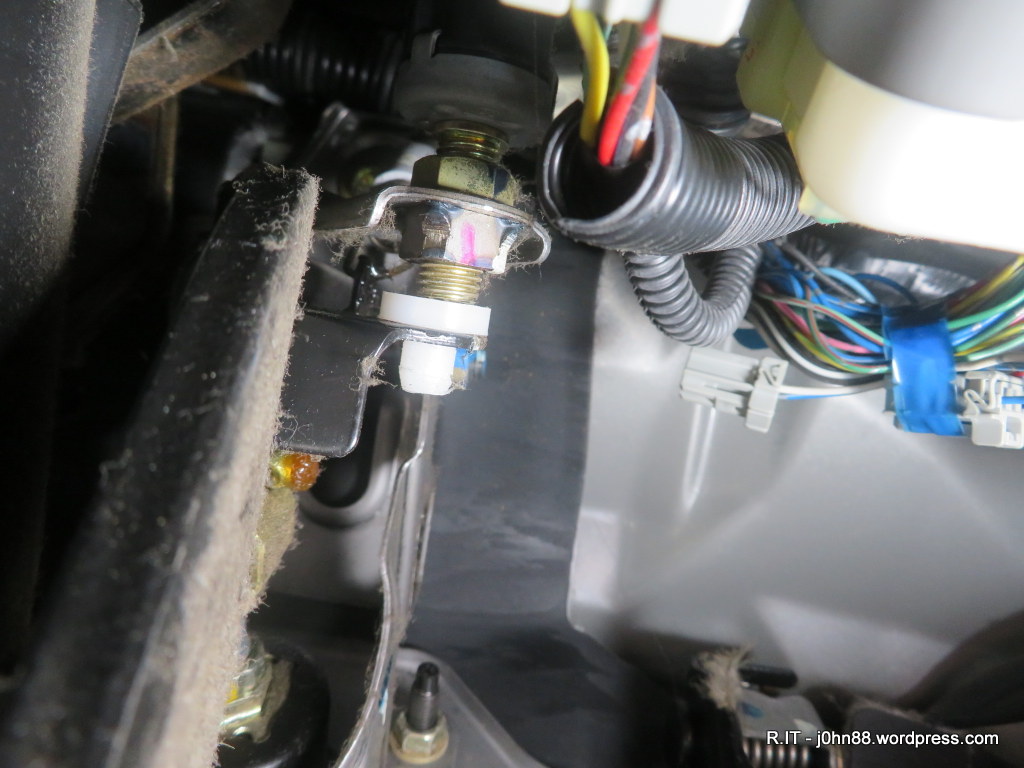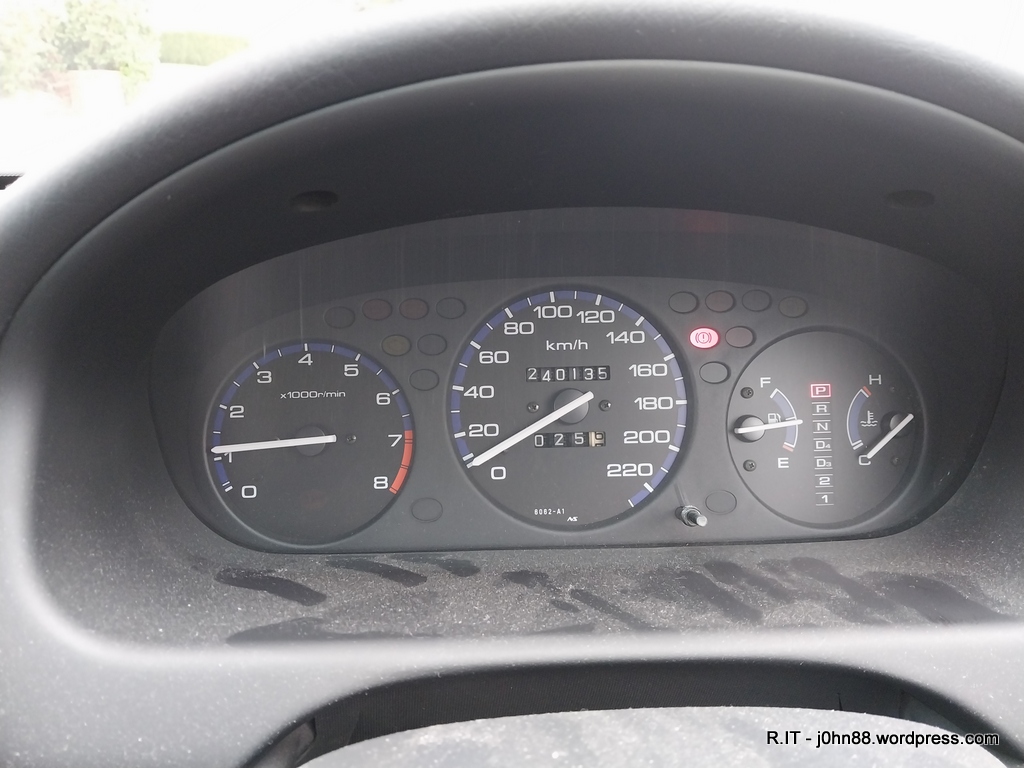My son drives my old Honda Civic, a 1998 model sedan which has been running reasonably well for a long time, albeit with occasional issues. He brought the car over late Thursday night, apparently had a flat tyre while at Silverwater, and didn’t swap over to the spare wheel. Then, the next morning, I went to have a look at it, and the tyre was completely flat, and the bead had separated from the rim.
I took out the space saver spare wheel and the car jack and proceeded to remove the flat tyre and swap over to the space saver. Then drove to Bob Jane T-Mart to get the flat repaired. It wasn’t repairable, so got a replacement Razer branded one for $89. I would have preferred Michelin XM2 or Yokohama ES32 but they didn’t have stock and would have to order it in. The Razer should be fine as it is the rear driver side and the Civic is front wheel drive.
Swapping the space saver out and putting the new tyre in, took just over 4 minutes, but then I realized that the wheel cover goes on before the wheel nuts, so had to take the nuts off and put them back on again. The car is getting old anyway, and needs replacing very soon. Anyway, he went shopping and came back and said that there was something wrong with the car.
It seems that the brake lights stay on, even when the car is turned off. He brought the car back over, and I had a quick look and couldn’t find the brake light switch. I did see some small pieces of plastic on the floor. After a bit of Google, I found someone who had a short video on fixing this problem. After viewing the video, I went back to the car and managed to see where the switch was. There is supposed to be a little plastic stopper pad that pushes against the switch when the brake is released. This pad has disintegrated, and was in five pieces which explained what I saw earlier. I managed to push one large end piece back into the hole and it turned off the brake lights, but it would need replacing.
The part I needed is a 46505-SA5-000 known as a brake or clutch pedal stop pad. I couldn’t find any local place that had this part, and could only find it at online stores. I could find a picture of it, and thought that I should be able to make it out of nylon or something similar. I had the bits left over, and found that it was about 16-17mm in diameter and 4 mm thick for the pad, but there is a piece that jams into the hole in the brake pedal – which seemed to be just over 8 mm. After having the Civic brought back over, I measured the hole in the pedal and got about 8.1 mm. Also the piece that I had jammed into the hole had already broken into two – must have been brittle with age.
After rummaging around in my tool boxes, I found a large piece of 16 mm thick nylon or maybe polyethylene. I cut a square piece off and proceeded to turn it in the lathe, into a round cylinder of about 17mm diameter, then about 4mm from one end, turned it down to 8.25 mm overall, but then turned a small section close to the pad, down to 8.1mm. Presumably, it should press into the hole in the brake pedal which would then lock it in place.

I must have measured the hole a bit on the low side as the pad now is a slight loose fit, but it won’t come off and should be fine for a few years at least. In the above photo, the pad I made is the white piece that is pushing against the switch. When the brake pedal is pushed, the pad moves away from the switch that then turns the brake lights on. Whent he brake pedal is released, the pad will push the plunger back into the switch, thereby turning off the brake lights. Without this pad, the switch plunger doesn’t get pushed in and stays out, hence the brake lights stay on.
Anyway, another Repair.IT done!


